Can you fix receding gums by brushing?
Brushing alone cannot fix receding gums, but proper brushing techniques can help prevent further recession and maintain overall gum health. Receding gums, a condition where the gum tissue pulls back from the tooth surface, exposing more of the tooth or its root, is a complex dental issue that often requires professional intervention for complete resolution.
This article will explore the relationship between brushing and gum recession, discussing the limitations of brushing in addressing this condition, effective brushing techniques for gum health, and additional measures that can help manage or reverse gum recession. We will also cover preventive strategies and when to seek professional help for receding gums.
Understanding Gum Recession
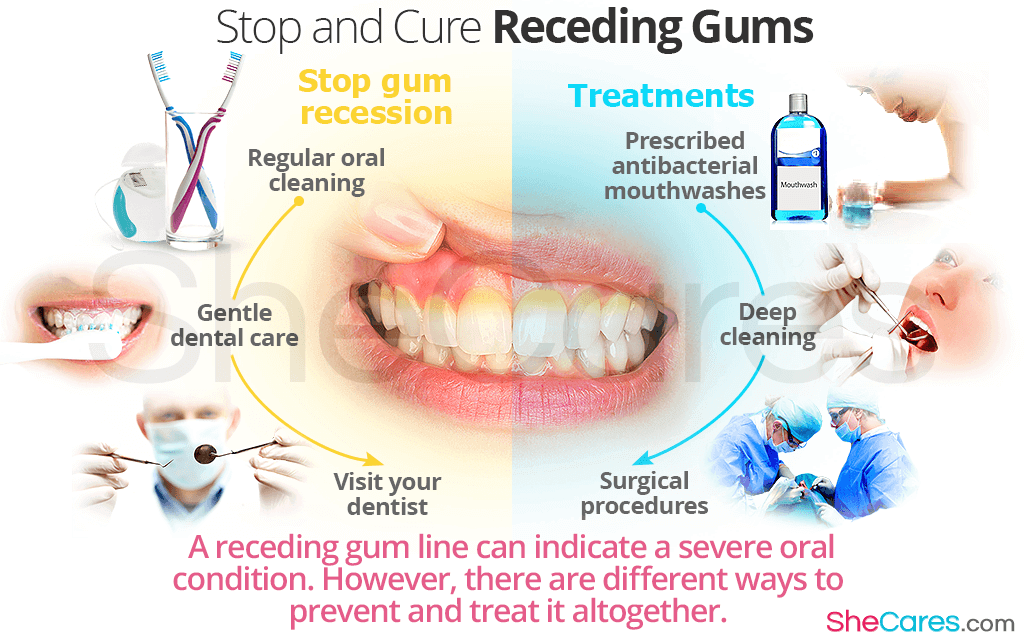
Gum recession occurs when the margin of gum tissue surrounding the teeth wears away or pulls back, exposing more of the tooth or its root. This condition is primarily caused by:
- Periodontal diseases
- Genetic predisposition
- Aggressive tooth brushing
- Poor oral hygiene
- Hormonal changes
- Tobacco use
- Grinding or clenching teeth
Symptoms of gum recession include:
- Visible tooth roots
- Increased tooth sensitivity
- Longer-looking teeth
- Inflammation or bleeding gums
The effects of untreated gum recession can be severe, potentially leading to:
- Tooth decay
- Tooth loss
- Aesthetic concerns
- Increased risk of periodontal disease
The Role of Brushing in Gum Health
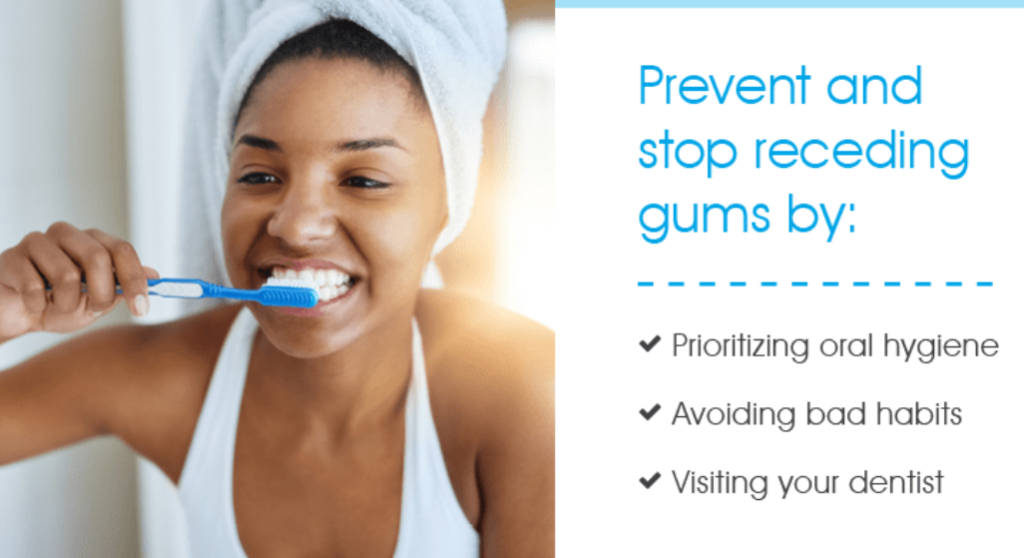
Proper brushing plays a crucial role in maintaining overall gum health. Brushing:
- Removes plaque and food particles
- Stimulates gum tissue
- Prevents tartar buildup
- Reduces the risk of gingivitis and periodontitis
Recommended brushing techniques for maintaining healthy gums include:
- Use a soft-bristled toothbrush
- Hold the brush at a 45-degree angle to the gums
- Gently move the brush in circular motions
- Brush for at least two minutes, twice daily
- Replace your toothbrush every 3-4 months
Limitations of Brushing for Receding Gums
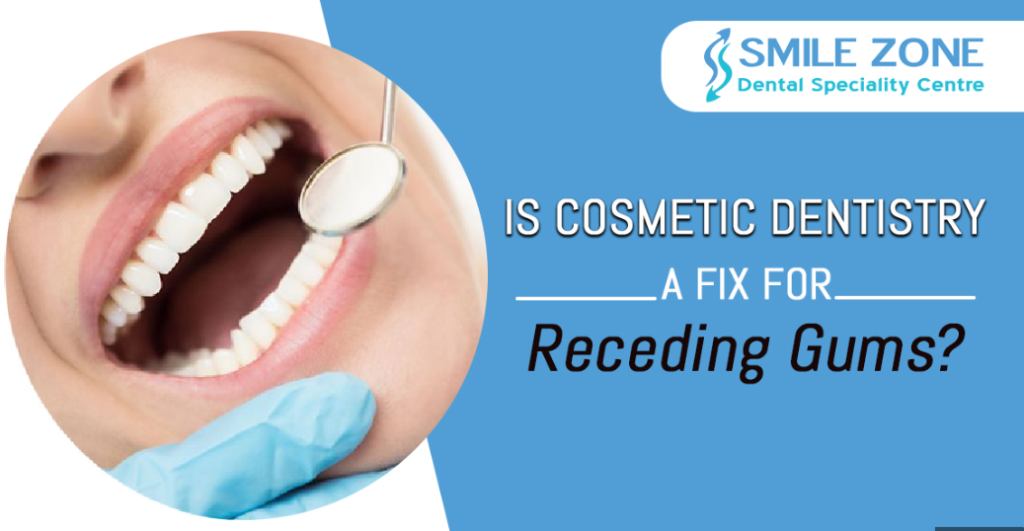
While proper brushing is essential for gum health, it has limitations in addressing gum recession:
What brushing can do:
- Prevent further recession
- Maintain overall gum health
- Remove plaque and bacteria
What brushing cannot do:
- Regrow lost gum tissue
- Reverse severe gum recession
- Treat underlying periodontal diseases
Potential risks of improper brushing include:
- Aggravating existing gum recession
- Causing enamel erosion
- Damaging sensitive gum tissue
Effective Brushing Techniques for Gum Health

To maintain gum health and prevent further recession, consider the following techniques:
- Use a soft-bristle toothbrush:
- Soft bristles are gentler on gums
- They effectively clean without causing damage
- Employ a gentle brushing technique:
- Use light pressure
- Brush in circular motions
- Focus on the gum line
- Avoid hard bristles and excessive pressure:
- Hard bristles can damage gum tissue
- Excessive pressure can lead to enamel erosion and gum recession
Comparison of Brushing Techniques
| Technique | Benefits | Risks |
| Soft-bristle, gentle pressure | Effective cleaning, minimal damage | May take longer to clean thoroughly |
| Hard-bristle, aggressive pressure | Quick cleaning | Increased risk of gum recession and enamel erosion |
| Electric toothbrush | Consistent pressure, efficient cleaning | Potential for overuse if not careful |
Best Toothbrushes for Receding Gums
When dealing with receding gums, choosing the right toothbrush is crucial. Here are some top recommendations:
- Philips Sonicare ProtectiveClean 4100
- Oral-B Pro 1000 CrossAction
- Nimbus Microfine Toothbrush
- Radius Source Soft Bristle Toothbrush
- GUM 516 Technique Sensitive Care Toothbrush
These toothbrushes feature soft bristles and designs that help protect sensitive gums while providing effective cleaning.
Additional Measures to Address Receding Gums
While proper brushing is essential, it’s often not enough to fully address gum recession. Consider these additional measures:
Professional Dental Treatments:
- Scaling and root planing
- Gum grafting
- Pinhole surgical technique
- Regeneration procedures
Lifestyle and Dietary Changes:
- Quit smoking
- Improve nutrition (increase vitamin C and calcium intake)
- Manage stress to reduce teeth grinding
Regular Dental Check-ups:
- Allow for early detection of gum issues
- Provide professional cleaning and monitoring
- Enable personalized treatment plans
Preventive Measures for Gum Health

A comprehensive approach to gum health includes:
Daily Oral Hygiene Routine:
- Brush twice daily with a soft-bristled toothbrush
- Floss at least once daily
- Use an antimicrobial mouthwash
Proper Flossing Techniques:
- Use about 18 inches of floss
- Gently guide the floss between teeth
- Form a C-shape around each tooth
- Move the floss up and down against the tooth surface
Using Antibacterial Products:
- Choose mouthwashes with chlorhexidine or essential oils
- Consider antibacterial gels for targeted application
Comparison of Gum Health Products
| Product Type | Benefits | Considerations |
| Soft-bristle toothbrush | Gentle on gums, effective cleaning | Replace every 3-4 months |
| Dental floss | Removes plaque between teeth | Use daily for best results |
| Antimicrobial mouthwash | Reduces bacteria, freshens breath | Choose alcohol-free for sensitive gums |
| Water flosser | Effective for cleaning around implants and bridges | Requires initial investment |
When to Seek Professional Help
While maintaining good oral hygiene is crucial, certain signs indicate the need for professional intervention:
Signs You Need Professional Care:
- Persistent gum bleeding
- Visible gum recession
- Increased tooth sensitivity
- Loose teeth
- Changes in bite or fit of partial dentures
Types of Dental Professionals:
- General Dentist: Regular check-ups and cleanings
- Periodontist: Specializes in gum health and treatments
- Orthodontist: Addresses bite issues that may contribute to gum recession
- Endodontist: Treats root canal issues that may affect gum health
Conclusion
While brushing alone cannot fix receding gums, it plays a vital role in maintaining overall gum health and preventing further recession. Proper brushing techniques, using a soft-bristled toothbrush, and gentle pressure are essential for protecting sensitive gum tissue. However, addressing gum recession often requires a multifaceted approach, including professional treatments, lifestyle changes, and a comprehensive oral hygiene routine.
To effectively manage or reverse gum recession:
- Adopt proper brushing and flossing techniques
- Use recommended oral care products
- Attend regular dental check-ups
- Consider professional treatments when necessary
- Make lifestyle changes to support gum health
By implementing these strategies and working closely with dental professionals, individuals can take significant steps towards improving their gum health and addressing receding gums. Remember, early intervention and consistent oral care are key to maintaining healthy gums and a beautiful smile.

Meet David Anderson, Your Guide to Healthier Gums Welcome, I’m David Anderson, and I’m passionate about oral health. As someone who has personally experienced the challenges of receding gums, I understand the importance of finding the right toothbrush to protect and maintain gum health. That’s why I founded goodtoothbrushesforrecedinggums.com – to share my knowledge and expertise with others who are facing similar issues. With years of research and personal experience, I’ve curated a comprehensive resource dedicated to helping you find the best toothbrushes for receding gums. On our website, you’ll find: In-depth Reviews: We rigorously test and evaluate a variety of toothbrushes specifically designed for receding gums, providing you with honest and detailed reviews to guide your decision. Informative Guides: We offer expert advice and practical tips on how to choose the right toothbrush, proper brushing techniques, and other oral care practices that can help improve gum health. Community Support: We foster a supportive community where you can connect with others who are also dealing with receding gums, share experiences, and learn from each other. At goodtoothbrushesforrecedinggums.com, we believe that everyone deserves a healthy smile. Our mission is to empower you with the knowledge and tools you need to take control of your gum health and enjoy a confident smile for years to come. Join us on our journey to healthier gums! David Anderson Founder, goodtoothbrushesforrecedinggums.com
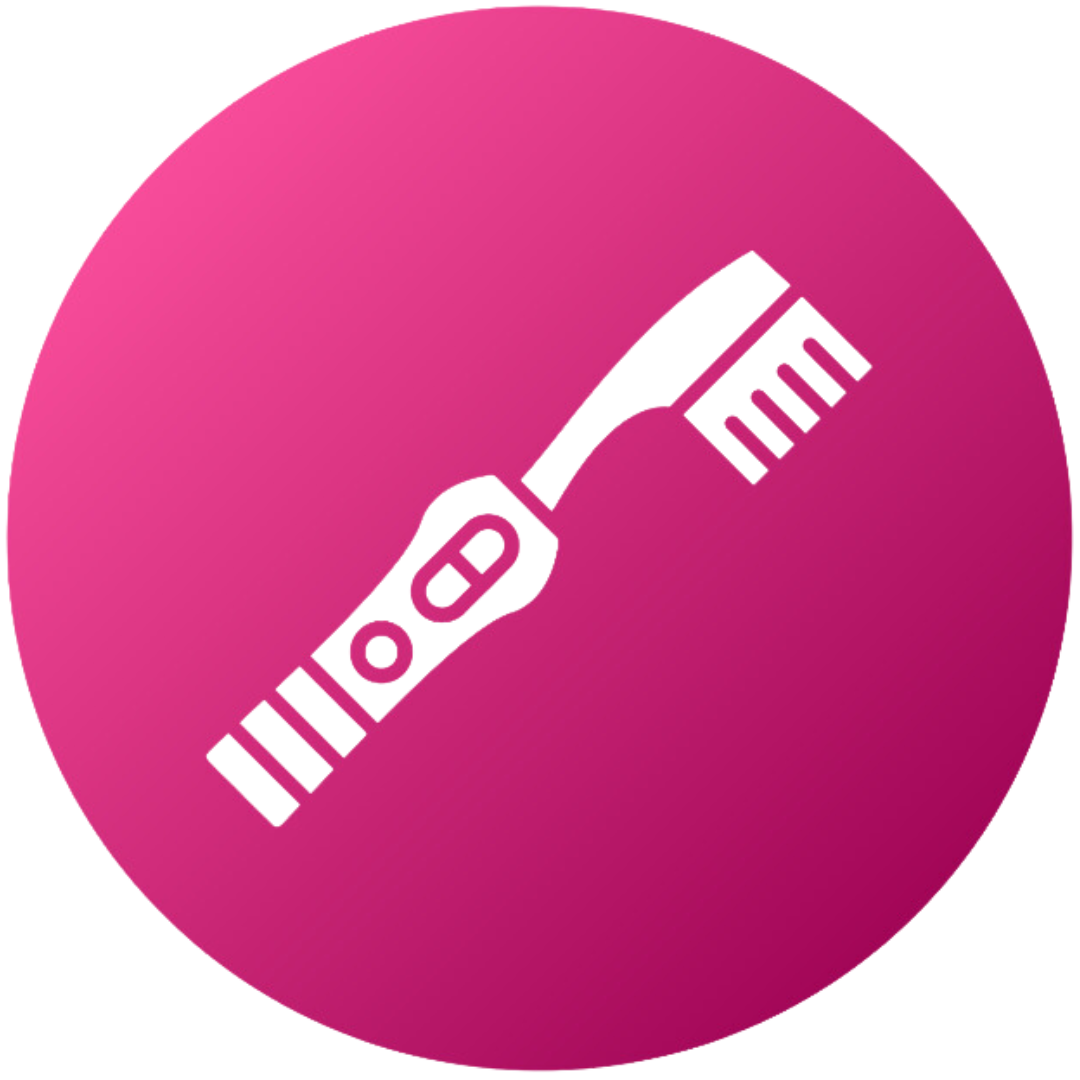
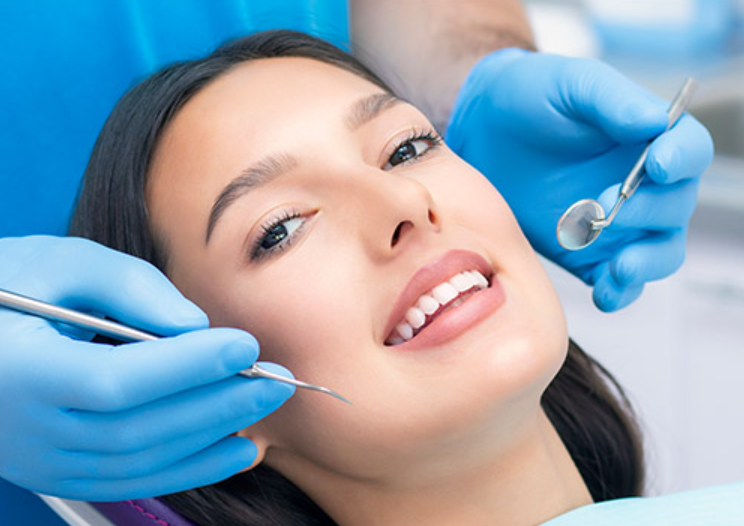
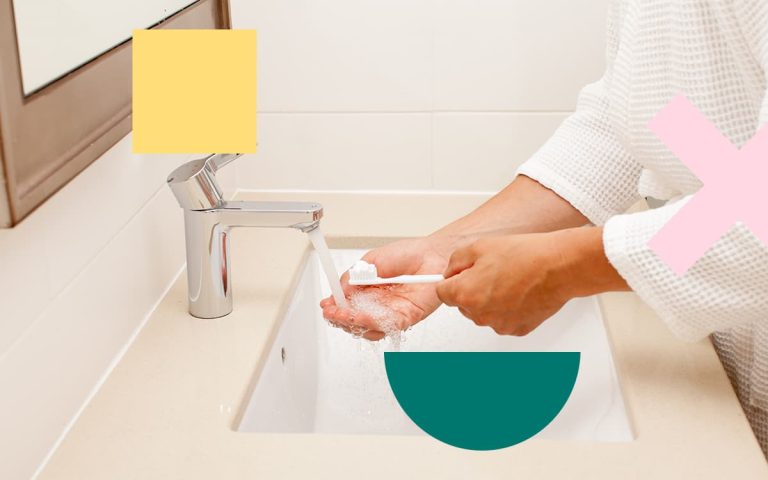
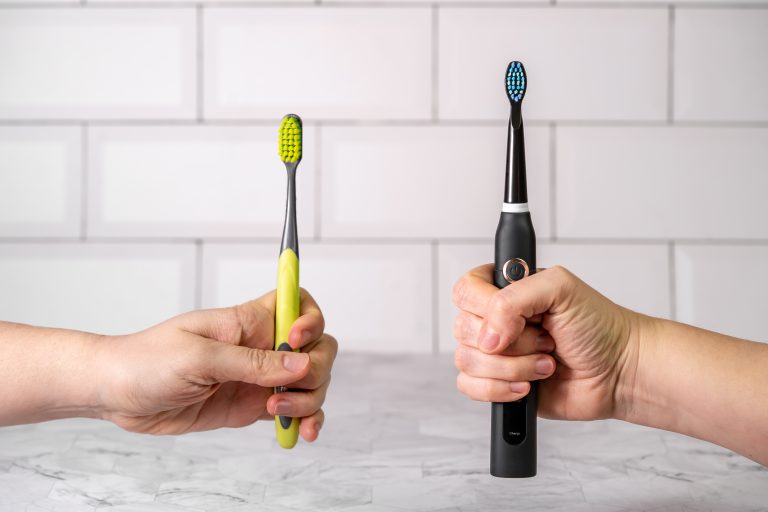
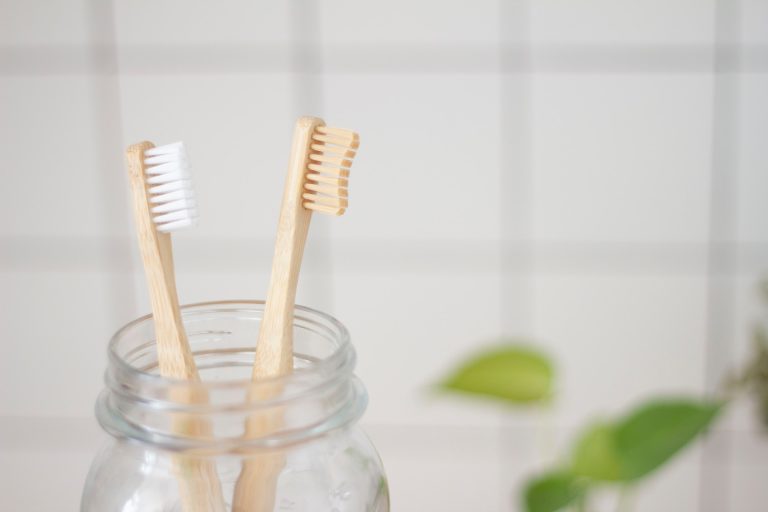

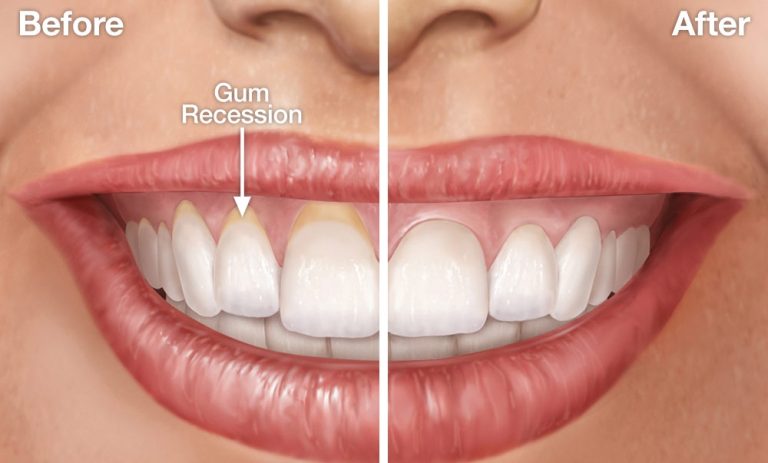
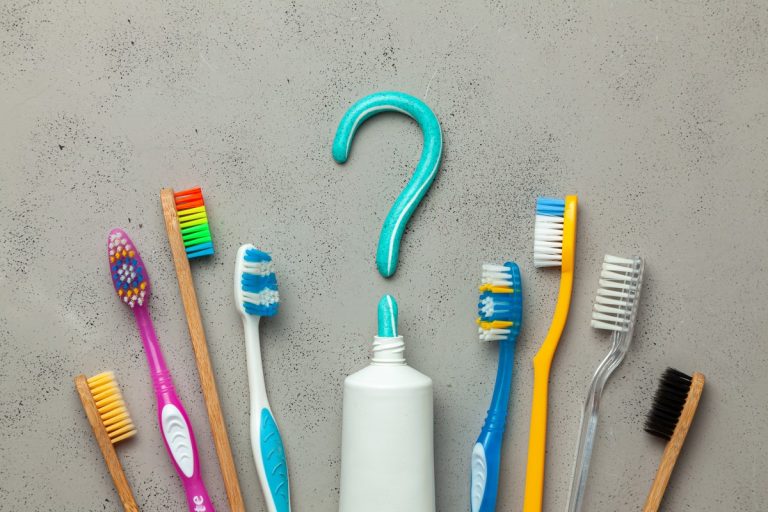
Great insights! I never realized that brushing alone can’t fix receding gums. What other preventive measures can I take to support my gum health?
The article really highlights the importance of proper brushing techniques. I’m curious, how often should I replace my toothbrush for optimal gum health?